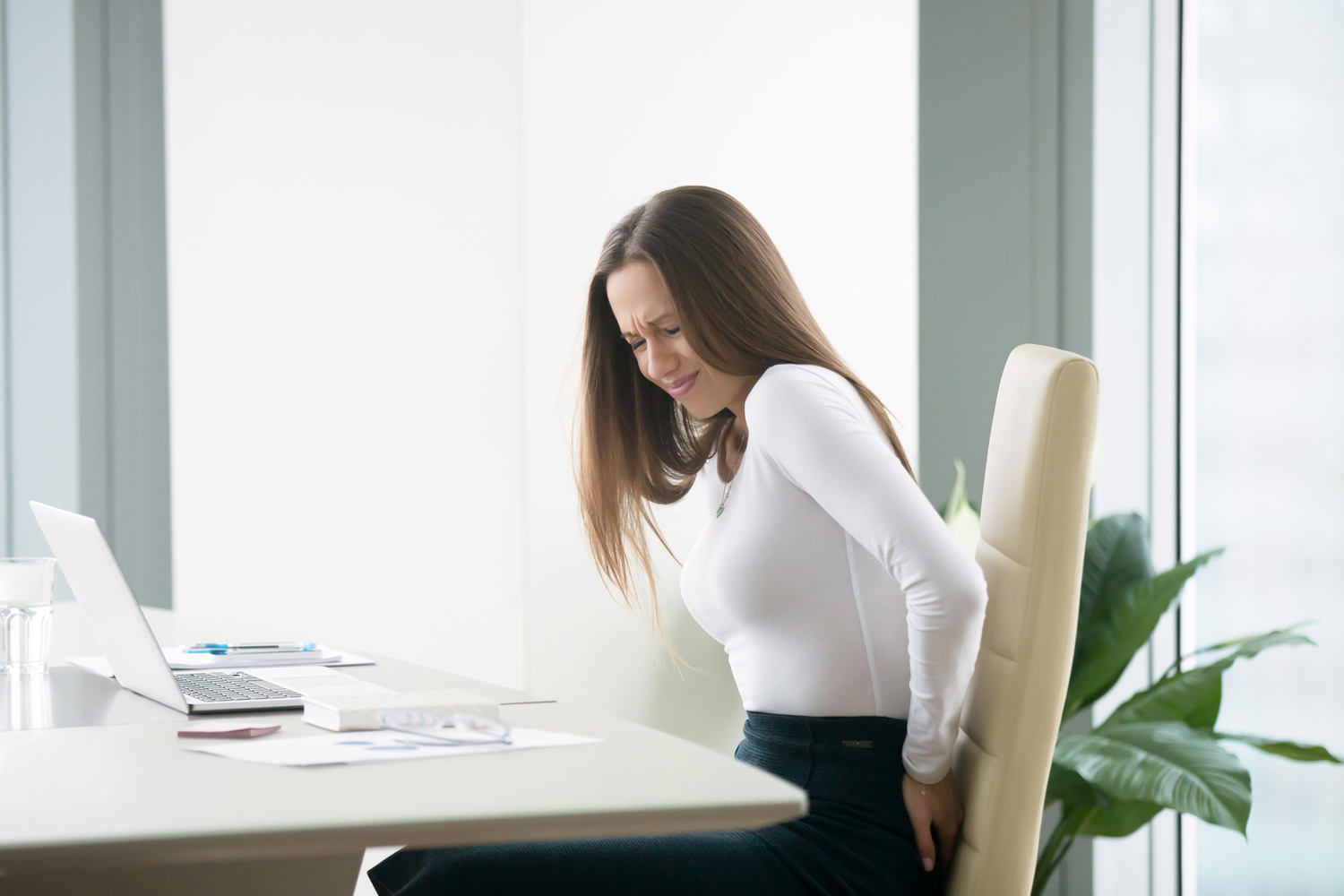Symptoms of external hemorrhoids and its treatment
If you are suffering from excruciating pain during your bowel movements or morning routines, you could be suffering from external hemorrhoids. Hemorrhoids can be both external and internal, where the veins of the anus get enlarged or become dilated. In the case of external hemorrhoids, the dilation happens under the skin surrounding the anus.
It is a painful swelling surrounding the tissue that covers the anus and happens due to the clot in the small veins in the anus.

If your thrombosed hemorrhoid is really large, you can get it removed by your physician using local anesthesia. However, the area will remain painful even after its removal. Moreover, if you feel pain, fever, or swelling, there is more likelihood of perianal abscess.
Treatment of thrombosed hemorrhoids
There is conservative management that tries to avoid constipation. The process is to increase the fiber and fluid in the diet by taking medicines like ibuprofen and Tylenol and doing less activity. Taking a warm bath, soaking the body in warm water for some time can also relax. The swelling and local pain may reduce after some days, however, it might take between 2 and 3 weeks for the lump to be removed completely.
In case you have got an incision done, you will need to follow some routines, like:
- Bring down your activity for some 12 to 24 hours. There may be some blood drainage or little bleeding a couple of days after you had your incision.
- Remove the initial dressing after 12 hours or so.
- If you need to do your bowel movements, you can remove your dressing before that. When you remove your dressing, make sure you replace with some plain gauge cotton to absorb any drainage.
- You can soak your lower part of the body by soaking it in warm water for 15-20 minutes, 2-3 times a day. Do this warm soaking after your bowel movements for cleaning the area so that it is comfortable.
- You can take normal showers.
Symptoms
There are a number of signs that indicate external hemorrhoids. Depending upon the severity of hemorrhoids, your symptoms will vary. There may be some symptoms like:
- Your rectum or anus itches all the time
- You experience pain around anus
- Surrounding the anus, there are lumps
Stool contains blood
You may find you are bleeding while using the bathroom. The lumps surrounding the anus may feel bulged and swollen. To avoid suffering from external hemorrhoids, you have to find a solution out of your constipation in its early stages. Repeated straining while you are releasing bowel leads to external hemorrhoids. When you strain, the action is getting into and also out of the blood flow in that area. Hence, blood pools around that area and enlarges the vessels there. Most pregnant women run the risk of acquiring hemorrhoids because the uterus puts a lot of pressure on the veins around anus and rectum.
Remedy
There are few remedies that you may try to keep your hemorrhoids under control:
Eat a high fibrous diet with vegetables, fruits, brans, etc. Ensure that your food has an adequate amount of fiber, at least 30 grams/day. Take 6 -8 glasses (between 2 and 3 liters) of fluids (non-caffeinated) every day to avoid hard, constipated bowels.
If you have visited the physician and got a prescription, take the pain medicine as prescribed. Narcotic medicines cause constipation and can make the pain worse. Trying non-narcotic medicines are very good to ease the pain. Do not over strain yourself with heavy exercise as it may aggravate the pain, but normal routine soft workouts are fine.
Diagnosis
There can be many conditions through which external hemorrhoids are acquired. Hence, you need to go through a proper examination, where a series of lab tests can confirm if external hemorrhoids are present near the anus or not. You may be required to do proctoscopy, rectum examination, colonoscopy, sigmoidoscopy, and anoscopy.
Your doctor will probably start with a physical examination. For external hemorrhoids, it is easy for them to diagnose. In case your health physician suspects internal hemorrhoids, they may run an anoscopy to study the inner area of your anus. However, internal hemorrhoids can also be tested through proctoscopy, sigmoidoscopy, and colonoscopy.
While you can have different types of treatments on hemorrhoids depending upon its severity, you can get simple prescription drugs from your physician. You may also try cold compressions, using ice bags around the area or suppositories or even some hemorrhoid creams. While hemorrhoids can be an extremely painful experience, maintaining a healthy lifestyle and proper diet can keep them away.




